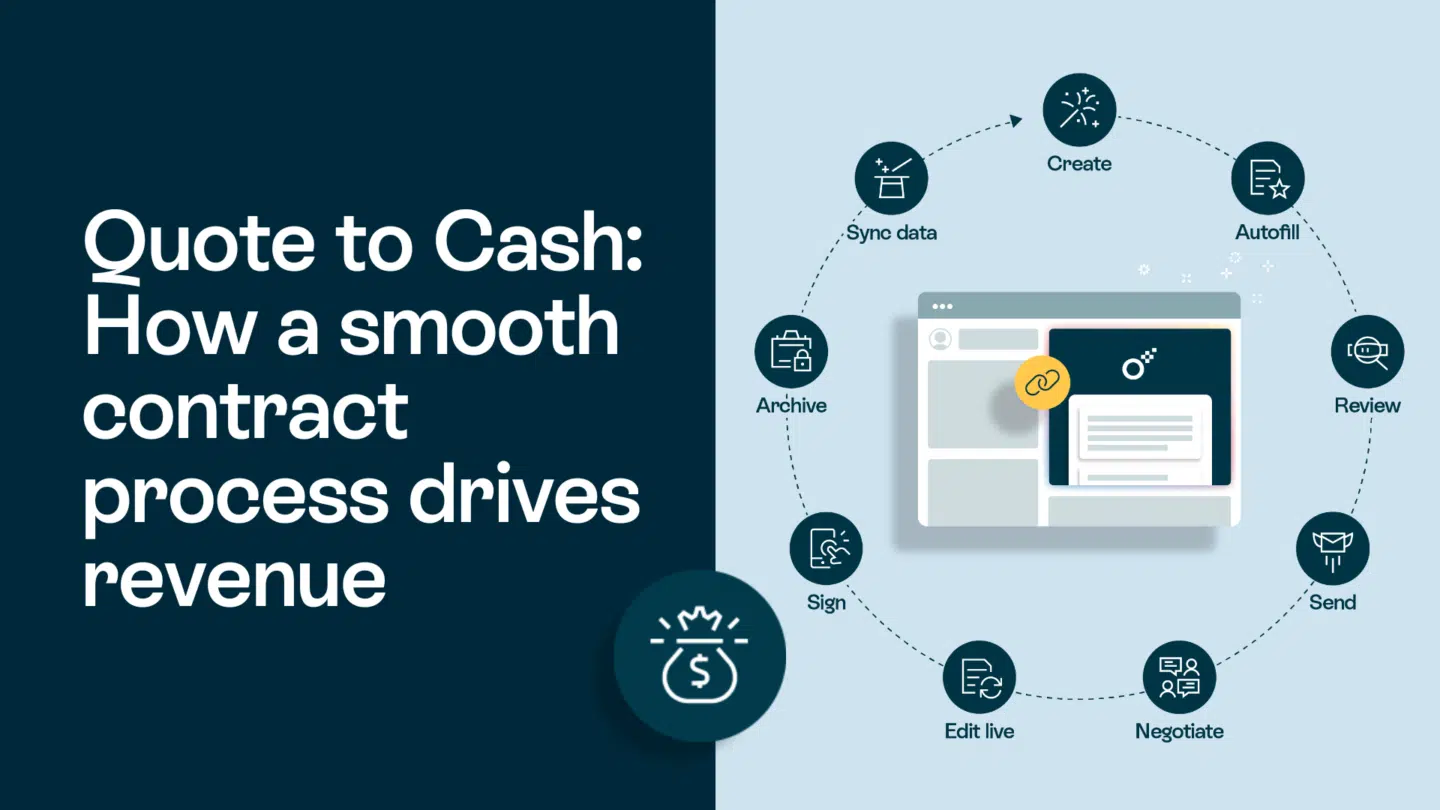In today’s fast-paced and ever-evolving business landscape, digital transformation has become essential for organizations to thrive. This is particularly true in the field of Human Resources (HR), where embracing technology can enhance efficiency, streamline processes, and drive strategic decision-making. HR digital transformation is a multi-stage journey that requires careful planning, implementation, and integration. Let’s explore the five stages of HR digital transformation and how organizations can navigate them successfully.
What is an HR digital transformation?
Digital transformation in HR refers to the integration of technology into HR practices and processes. It goes beyond automating routine tasks and focuses on leveraging technology to improve HR efficiency, employee experience, and overall business performance.
As organizations continue to evolve in the digital age, HR departments are also undergoing a significant transformation. The traditional HR functions are being reimagined and reshaped to meet the demands of a rapidly changing workforce. This transformation involves embracing technology and utilizing it to enable strategic decision-making, optimize HR processes, and enhance employee engagement.
Read also: Flow through the recruitment process

Defining HR digital transformation
HR digital transformation entails reimagining traditional HR functions and leveraging technology to enable strategic decision-making, optimize HR processes, and enhance employee engagement. It involves a holistic approach that integrates people, processes, and technology to drive organizational success.
One of the key aspects of HR digital transformation is the adoption of cloud-based HR systems. These systems provide a centralized platform for managing employee data, streamlining HR processes, and enabling real-time reporting and analytics. By moving away from manual, paper-based processes, HR professionals can save time and effort, allowing them to focus on more strategic initiatives.
Furthermore, HR digital transformation involves the implementation of advanced analytics and artificial intelligence (AI) technologies. These technologies can analyze vast amounts of HR data, identify patterns, and provide valuable insights for decision-making. For example, AI-powered recruitment tools can help HR professionals identify the most suitable candidates for a job by analyzing resumes, social media profiles, and other relevant data.
The importance of digital transformation in HR
Digital transformation in HR is no longer a luxury but a necessity. It empowers HR professionals to move away from administrative tasks and focus on strategic initiatives. By harnessing technology, HR can attract and retain top talent, create a positive employee experience, and align HR with the organization’s overall goals and objectives.
One of the key benefits of HR digital transformation is the ability to attract and retain top talent. In today’s competitive job market, candidates are increasingly looking for organizations that embrace technology and offer a modern, digital workplace. By implementing digital HR practices, organizations can position themselves as innovative and forward-thinking, making them more attractive to potential employees.
Moreover, digital transformation in HR enables organizations to create a positive employee experience. By leveraging technology, HR departments can provide employees with self-service portals, mobile apps, and other digital tools that make it easier to access HR information, submit requests, and communicate with HR professionals. This not only improves efficiency but also enhances employee satisfaction and engagement.
Read also: What is a digital transformation? And what drives one?

Stage 1: Awareness
The first stage of HR digital transformation is awareness. Organizations need to recognize the need for change and understand the benefits of embracing digital technology in HR practices.
During this stage, organizations must delve deeper into the reasons behind the need for change. They should explore the rapidly evolving business landscape and the impact it has on HR processes. By understanding the external factors driving the need for digital transformation, organizations can better grasp the urgency of embracing technology in HR.
Moreover, organizations should also assess their internal challenges and limitations. They must evaluate their current HR practices and identify areas where technology can bring about significant improvements. This introspection will help organizations gain a comprehensive understanding of the gaps in their HR processes and the potential benefits of digital transformation.
Recognizing the need for change
Recognizing the need for change is crucial for HR digital transformation. Organizations must understand that traditional HR practices might not suffice in today’s digital age.
One of the key drivers for change is the changing expectations of employees. In this digital era, employees expect seamless and user-friendly HR processes that are accessible anytime, anywhere. By recognizing this shift in employee expectations, organizations can align their HR practices with the needs of their workforce.
Additionally, organizations need to consider the competitive landscape. In order to attract and retain top talent, organizations must stay ahead of the curve by adopting innovative HR technologies. Recognizing the need for change allows organizations to proactively address these challenges and position themselves as industry leaders.
The role of technology in HR
Technology plays a pivotal role in HR digital transformation. From cloud-based HR systems to artificial intelligence-driven recruitment tools, technology enables HR professionals to automate tasks, gain insights from data, and make data-driven decisions.
By embracing technology, organizations can streamline their HR processes and reduce manual efforts. For instance, cloud-based HR systems allow employees to access their information and perform HR-related tasks on-the-go, improving overall efficiency and employee satisfaction.
Moreover, technology empowers HR professionals to leverage data analytics and make informed decisions. By analyzing employee data, organizations can identify trends, patterns, and areas of improvement. This data-driven approach enables HR professionals to design targeted strategies for talent acquisition, engagement, and retention.
Furthermore, technology can enhance the overall employee experience. From self-service portals to chatbots, employees can have instant access to HR information and support. This accessibility and convenience contribute to a positive employee experience, fostering engagement and productivity.
Stage 2: Planning
Once organizations are aware of the need for digital transformation in HR, the next stage is planning. This involves setting clear goals, defining strategies, and selecting the right digital tools to support the transformation process.
Setting goals for digital transformation
Setting well-defined goals is crucial for successful digital transformation in HR. Organizations need to identify specific objectives such as improving recruitment efficiency, enhancing employee engagement, or automating payroll processes. Clear goals help align efforts and measure the success of the transformation journey.
Choosing the right digital tools
In the planning stage, organizations must carefully evaluate and select the right digital tools to support their HR digital transformation. This involves considering factors such as scalability, ease of use, integration capabilities, and vendor support. Investing in the right tools ensures a smooth transition and maximizes the benefits of digital transformation.
Read also: How to communicate digital transformation inside your organization

Stage 3: Implementation
After thorough planning, the implementation stage begins. This stage involves executing the strategies and deploying the chosen digital tools across various HR functions.
Training and development for digital HR
During implementation, organizations must focus on training and developing HR professionals to adapt to the new digital landscape. Providing comprehensive training on digital tools and technologies ensures that HR professionals can leverage their full potential and drive successful digital transformation.
Overcoming implementation challenges
Implementation challenges are inevitable during HR digital transformation. These challenges can range from resistance to change to technical difficulties. Organizations must anticipate and address these challenges proactively by involving stakeholders, providing support, and having a robust change management strategy in place.
Read also: Why HR is your secret weapon for a digital transformation?

Stage 4: Integration
Once the digital tools are implemented, organizations move on to the integration stage. This involves streamlining HR processes and ensuring data security and privacy.
Streamlining HR processes
Integration requires streamlining HR processes to leverage the full potential of digital tools. This involves eliminating redundant steps, automating manual tasks, and optimizing workflows. By simplifying HR processes, organizations can enhance efficiency, reduce costs, and improve the overall employee experience.
Ensuring data security and privacy
Data security and privacy are paramount in the digital era. Organizations must prioritize data protection by implementing robust security measures, ensuring compliance with data privacy regulations, and regularly auditing their systems. Trust and confidentiality are vital for maintaining a positive employer-employee relationship.
The key takeaways
HR digital transformation is an ongoing journey that requires organizations to adapt to emerging technologies and changing employee expectations. By understanding the stages of HR digital transformation and proactively embracing technology, HR professionals can revolutionize their practices, enhance employee experiences, and drive organizational success.







